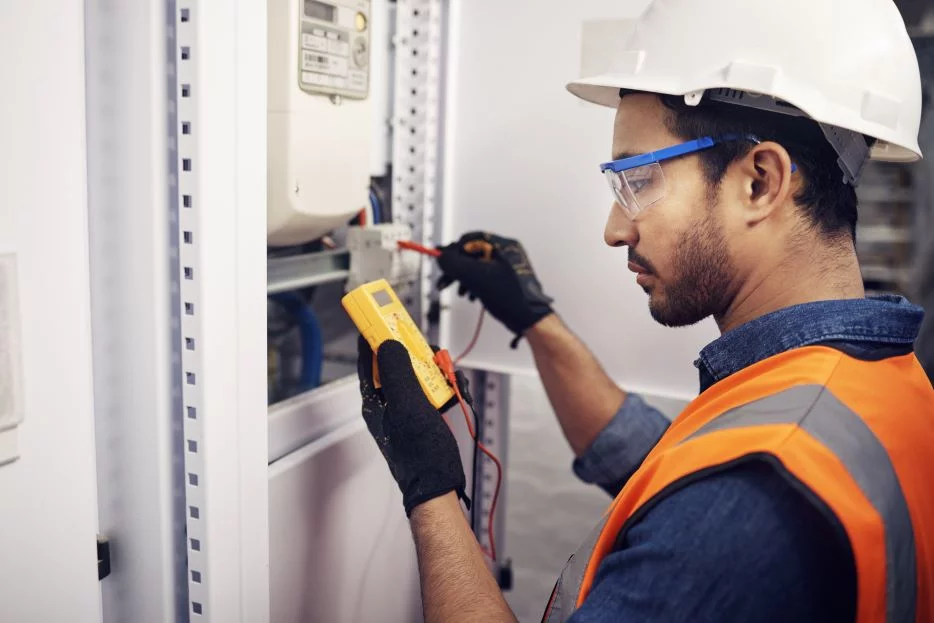Ensuring tenant safety is a critical priority for property owners and managers. In this regard, the National Standards for the Physical Inspection of Real Estate (NSPIRE) brings a significant advancement. This new framework, implemented by the U.S. Department of Housing and Urban Development (HUD), aims to enhance the quality and safety of housing. But what exactly are the key safety enhancements under NSPIRE?

Content
Improved Fire Safety Measures
One of the most critical enhancements under NSPIRE is improved fire safety. The new standards mandate regular inspection and maintenance of smoke detectors, fire extinguishers, and fire escape routes. These measures ensure that all fire safety equipment is functional and accessible, significantly reducing the risk of fire-related injuries and fatalities. This proactive approach underscores the importance of preparedness in emergency situations.
Enhanced Electrical Safety
NSPIRE places a strong emphasis on electrical safety, recognizing the hazards posed by faulty wiring and outdated electrical systems. Inspections under this framework are more rigorous, requiring thorough checks of electrical outlets, circuit breakers, and wiring systems. By identifying and rectifying potential electrical hazards, these inspections help prevent electrical fires and accidents, ensuring a safer living environment for tenants.
Structural Integrity Checks
The structural integrity of a building is paramount to the safety of its occupants. Under NSPIRE, there are stringent guidelines for inspecting the structural components of properties, such as foundations, roofs, and load-bearing walls. Regular inspections ensure that any signs of deterioration or damage are promptly addressed, preventing structural failures that could endanger tenants.
Improved Air Quality Standards
Indoor air quality is a vital aspect of tenant health and safety. NSPIRE introduces more comprehensive air quality standards, focusing on the presence of mold, mildew, and other allergens. Regular inspections and maintenance are required to ensure proper ventilation and the absence of contaminants. This focus on air quality helps reduce respiratory issues and other health problems among tenants.
Comprehensive Pest Control
Pest infestations can pose serious health risks to tenants. Under NSPIRE, there are stricter requirements for pest control measures. Regular inspections and treatments are mandated to ensure properties are free from pests such as rodents, insects, and other vermin. Effective pest control not only protects the physical structure of the property but also safeguards the health of its occupants.
Improved Accessibility Standards
NSPIRE also emphasizes accessibility for tenants with disabilities. The new standards require that properties are equipped with necessary accessibility features, such as ramps, handrails, and widened doorways. These enhancements ensure that all tenants, regardless of their physical abilities, can safely and comfortably navigate their living spaces.
Conclusion
The implementation of NSPIRE marks a significant step forward in ensuring tenant safety. By introducing rigorous standards and comprehensive inspections, NSPIRE addresses key safety concerns, from fire and electrical hazards to structural integrity and air quality. For more detailed information on these enhancements, you can visit the article on Key Safety Enhancements Under NSPIRE. Property owners and managers can take proactive steps to comply with these standards, ultimately providing a safer and healthier living environment for all tenants.

With a passion for matching clients with their dream homes, Mary’s experience and knowledge of the real estate market make her a trusted advisor. She’s your go-to expert for buying or selling properties in the heart of the city.






